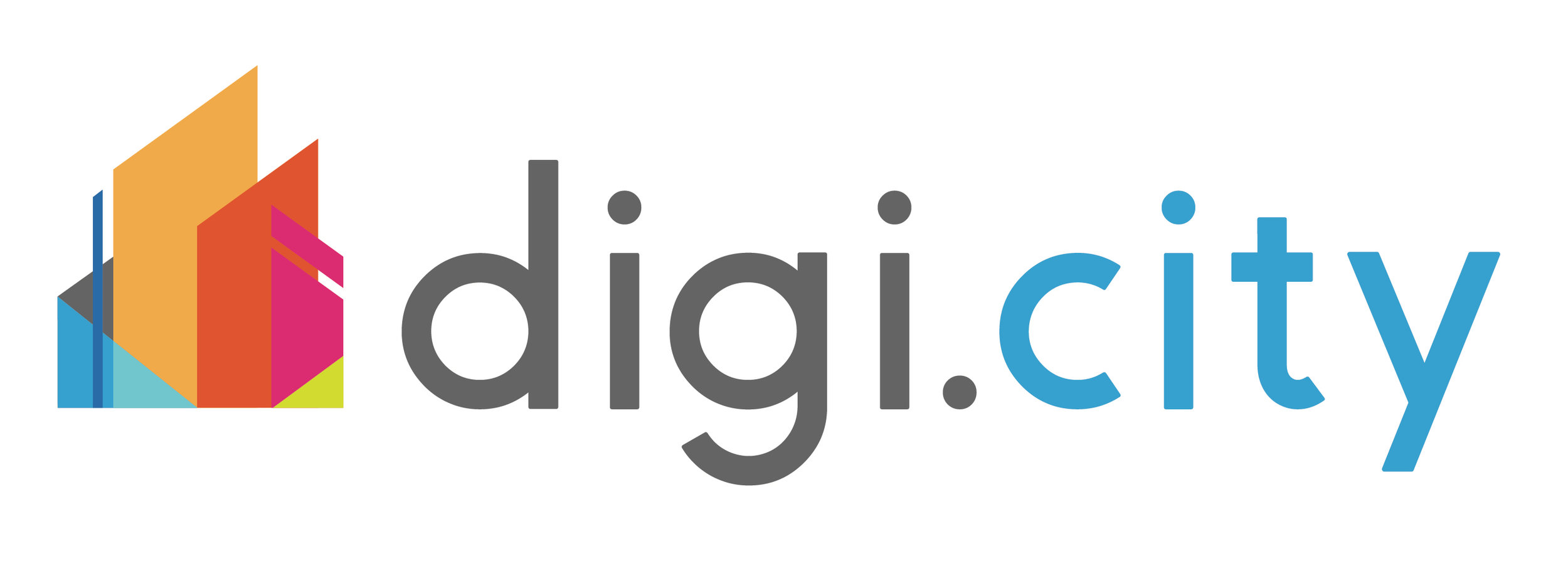REPORT TO THE PRESIDENT Technology and the Future of Cities
Source: President’s Council of Advisors on Science and Technology (PCAST), Technology and the Future of Cities, Executive Summary
Cities are beginning a new era of change. From 1920 to 2010 many U.S. cities “hollowed out” as suburbs grew faster than their urban cores. The trend started reversing in 2011 as Millennials and Baby Boomers looking for social connections and convenience settled in urban neighborhoods. Accompanying the resurgence of residential cities are complex and persistent urban challenges, including resilience against climate change and natural disasters. This report focuses on the technologies that shape some key infrastructures and economic activities, as opposed to those involved in delivering education, health care, or social services. As described in Chapter 2 of the report, technological advances promise to improve the environments in which people live and the services that city governments and companies offer.
Cleaner energy technologies, new models of transportation, new kinds of water systems, building construction innovation, low-water and soil-less agriculture, and clean and small-scale manufacturing are or will be available in the near future. These options, which are summarized in the Table of City Infrastructure Technologies, are evolving through private-sector commercialization and implementation plus university and National Laboratory research and development (R&D) in concert with city governments.
Information and communication technologies (ICT), the proliferation of sensors through the Internet of Things, and converging data standards are also combining to provide new possibilities for the physical management and the socioeconomic development of cities. Local governments are looking to data and analytics technologies for insight and are creating pilot projects to test ways to improve their services.
Technologies influence patterns of behavior. Digital and mobile technologies are making the
connections between service providers and users tighter, faster, more personal, and more
comprehensive. Sharing-economy business models are emerging that enable more efficient use of physical assets, such as cars or real estate, and provide new sources of income to city residents.
Large U.S. cities, through their Chief Technology Officers and related staff, are using technology and data analytics to solve specific problems in areas such as health, transportation, sanitation, public safety, economic development, sustainability, street maintenance, and resilience—problems that affect city residents every day. For example:
- The city of Los Angeles shares road closure, safety, and other data with app providers to improve driving, reduce congestion, and promote safety. In return, the app providers, such as Waze, share real-time crowd-sourced reports of issues encountered on the streets from more than 1.5 million users to the city’s emergency management, police, fire, transportation, street services, sanitation, and other departments.
- The city of Chicago is working with the Argonne National Laboratory and the University of Chicago to deploy the Array of Things—a city-wide network of 500 lamppost-mounted sensors that monitor air quality, among other conditions; and it is analyzing its non-emergency complaint-call data to identify environmental issues such as pest infestations, connected to the incidence of asthma.
- The New York Fire Department started using data mining and predictive analytics to determine which of New York City’s one million buildings are most likely to erupt in a major fire. They now examine 7,500 factors across 17 city-agency data streams and us artificial intelligence to track trends city-wide.
Because change in a city is costly (in many ways) and can be especially challenging for early adopters, it is important that the results of urban experimentation be shared, helping to foster less expensive and more easily replicable solutions. U.S. cities need a platform for collaborating with each other and all relevant stakeholders, sharing results, insights, and best practices. The platform should foster the development of standard, customizable models (for studying alternatives) and applications. It must also facilitate innovation from the bottom up, being neither built nor operated monolithically and, like the World Wide Web itself, having no central authority directing innovation. This platform, beginnings of which already exist, is introduced in Chapter 3 and referred to as the “City Web.” It can help cities build on each other’s work and also open these solutions to smaller cities that lack the budget for significant technology capacity.
In this new era for cities, discrete and distinct districts and sub-centers are supplementing historic
downtown centers—multiple areas within a city that provide either similar or complementary social and economic functions. Understanding and adjusting tradeoffs between physical and socioeconomic transformations in cities requires well-planned, integrated experimentation and implementation. That is difficult to do city-wide, but districts create the perfect living laboratory. A district does not necessarily have a predefined scale, nor must it fall within the political boundaries of a single city. A district has an area and population that are large enough for new technology implementations to have an impact, but also manageable from the point of view of clarity of intervention, tuning, collection of data, and assessment of progress and lessons learned.
The potential of a district-based approach first captured attention through Innovation Districts, which were primarily started to improve the local economy and create jobs in abandoned urban areas. Today technological implementations provide another path to impact, transforming city districts to become more energy-efficient and green; more convenient, accessible, and conducive to mobility; and more connected and inclusive. These goals are interconnected, and pursuing them jointly through integrated solutions can produce much more livable cities. For example, the use of connected and autonomous vehicles would greatly reduce the need for parking spaces and space dedicated to roads. Freed-up space could enable pedestrian paths, bike lanes, urban farming, and clean urban manufacturing; or it could facilitate change in the density of buildings, which might, in turn, facilitate the deployment of more-efficient energy and water systems, which could lower the cost of housing and help entice people back to the city.
Read more here.
